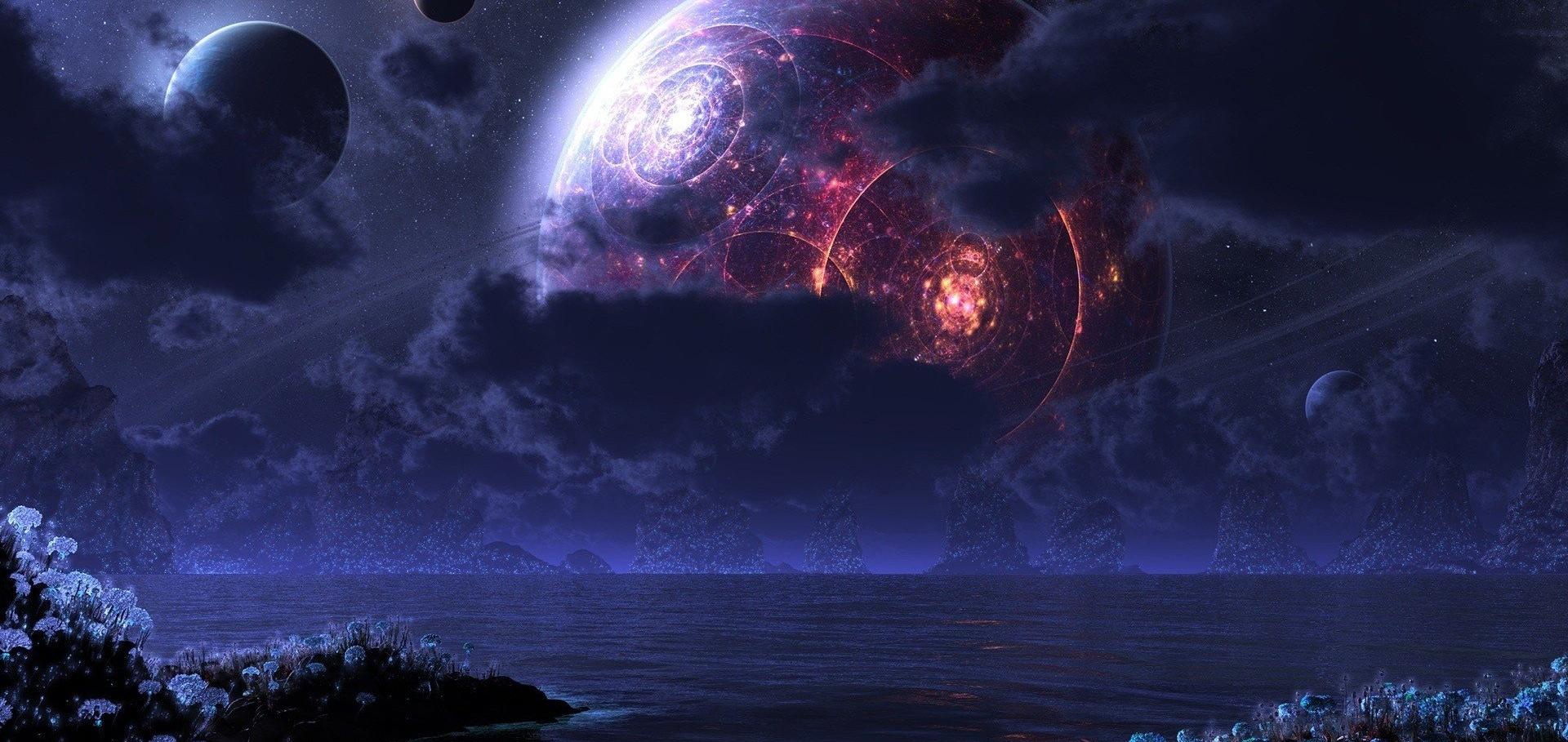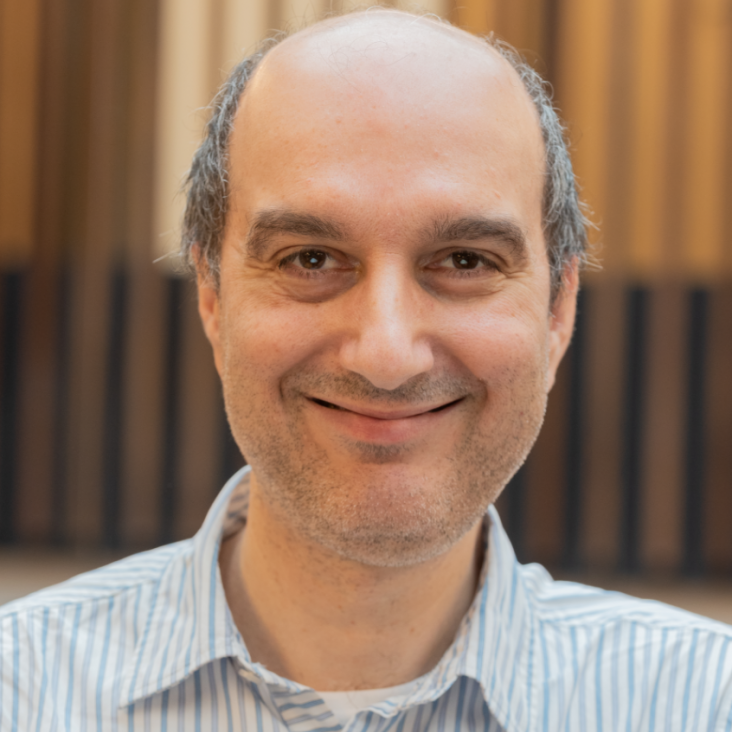Turbulent amplification of magnetic fields in laboratory laser-produced shock waves
Nature Physics Springer Nature 10:7 (2014) 520-524
Evidence for a glassy state in strongly driven carbon
Scientific Reports Springer Nature 4 (2014) 5214
Abstract:
Here, we report results of an experiment creating a transient, highly correlated carbon state using a combination of optical and x-ray lasers. Scattered x-rays reveal a highly ordered state with an electrostatic energy significantly exceeding the thermal energy of the ions. Strong Coulomb forces are predicted to induce nucleation into a crystalline ion structure within a few picoseconds. However, we observe no evidence of such phase transition after several tens of picoseconds but strong indications for an over-correlated fluid state. The experiment suggests a much slower nucleation and points to an intermediate glassy state where the ions are frozen close to their original positions in the fluid.Observations of strong ion-ion correlations in dense plasmasa)
Physics of Plasmas AIP Publishing 21:5 (2014) 056302
Electron-Ion Equilibration in Ultrafast Heated Graphite
Physical Review Letters American Physical Society (APS) 112:14 (2014) 145005
Observations of Continuum Depression in Warm Dense Matter with X-Ray Thomson Scattering
Physical Review Letters American Physical Society (APS) 112:14 (2014) 145004


